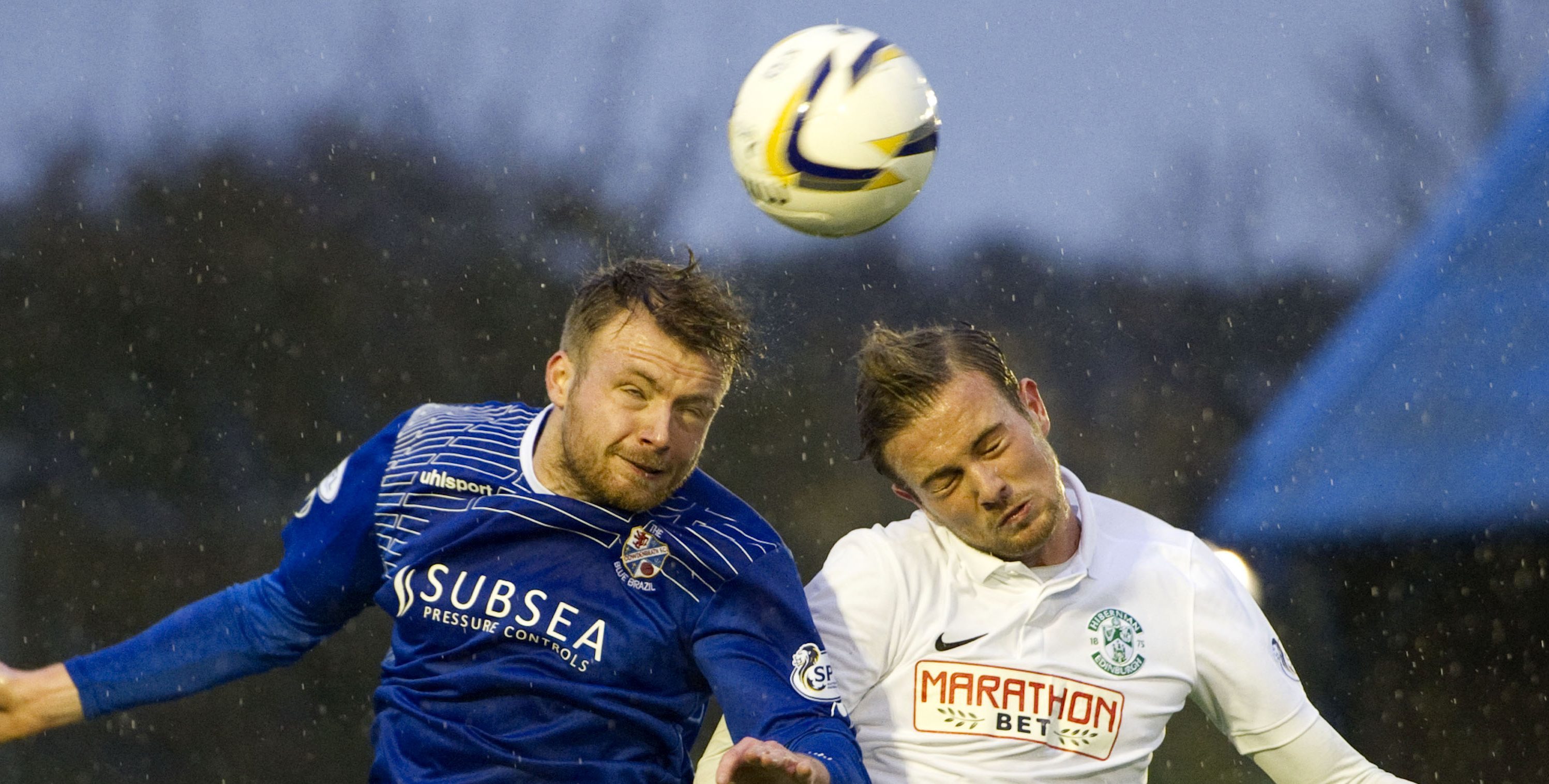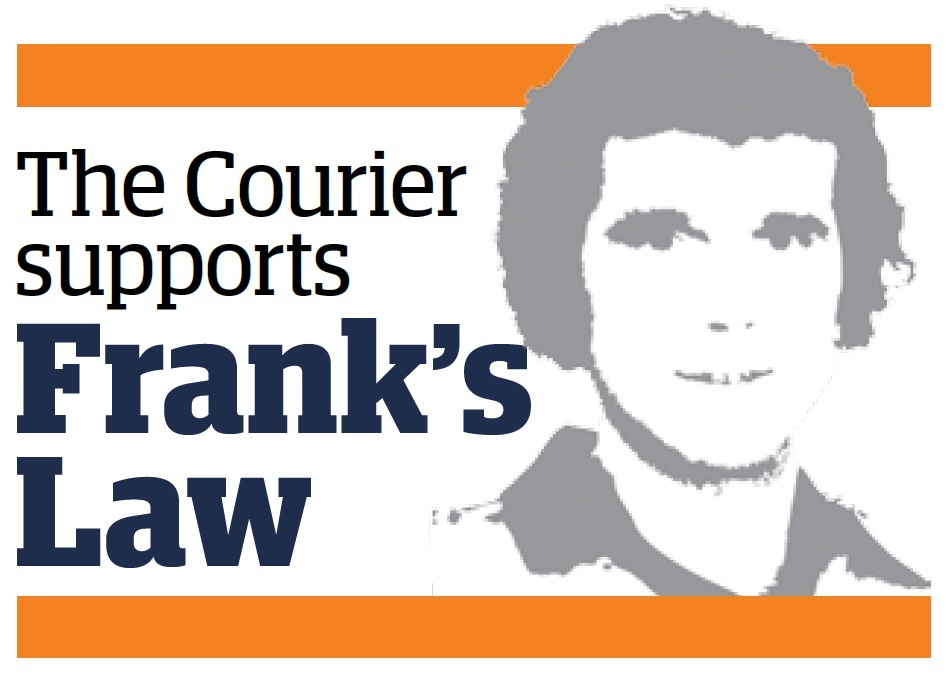New research into heading a football has identified “significant” changes in brain function from routine practice.
The study by Stirling University is the first to detect direct changes after players are exposed to everyday head impacts, as opposed to clinical brain injuries like concussion.
The findings come after concerns that players’ brains are damaged by repeated head impacts.
Angus campaigner Amanda Kopel believes her husband Frank’s early-onset dementia was caused by his career in football, and World Cup winner George Cohen has called for the game to tackle the issue of head injuries, saying old-style leather footballs are “nasty”.
Former England and West Brom striker Jeff Astle died in 2002 at the age of 59 having suffered from early on-set dementia, which a coroner found was caused by heading footballs and gave the cause of death as “industrial disease”.
A subsequent re-examination of Astle’s brain found he was suffering from the neuro-degenerative brain disease chronic traumatic encephalopathy (CTE).
CTE can only be established following death and it has also been found in deceased American footballers, boxers and rugby players.
Astle’s daughter Dawn has been campaigning for more research into the matter and was told by the Football Association and the Professional Footballers’ Association in late 2014 that they were talking to Fifa.
Now, researchers have tested a group of 19 footballers by making them head a ball 20 times.
The ball was fired from a machine designed to simulate the pace and power of a corner and scientists tested players’ brain function and memory before and immediately after the heading sessions. They were also tested after 24 hours, 48 hours and two weeks.
Increased inhibition in the brain was detected after just a single session of heading. Memory test performance was also reduced between 41 and 67%, with effects normalising within 24 hours.
Whether the changes to the brain remain temporary after repeated exposure to a football and the long-term consequences of heading on brain health, are yet to be investigated.
Cognitive neuroscientist Dr Magdalena Ietswaart said: “In light of growing concern about the effects of contact sport on brain health, we wanted to see if our brain reacts instantly to heading a football.
“Using a drill most amateur and professional teams would be familiar with, we found there was in fact increased inhibition in the brain immediately after heading and that performance on memory tests was reduced significantly.
“Although the changes were temporary, we believe they are significant to brain health, particularly if they happen over and over again as they do in football heading.
“With large numbers of people around the world participating in this sport, it is important that they are aware of what is happening inside the brain and the lasting effect this may have.”
Dr Angus Hunter, from the university’s Faculty of Health Sciences and Sport, added: “For the first time, sporting bodies and members of the public can see clear evidence of the risks associated with repetitive impact caused by heading a football.
“We hope these findings will open up new approaches for detecting, monitoring and preventing cumulative brain injuries in sport.
“We need to safeguard the long term health of football players at all levels, as well as individuals involved in other contact sports.”
Cohen told the Daily Telegraph in June: “You felt sick sometimes when it hit you. They started out at 14 to 16 ounces but, with rain, they were two or three pounds.
“Even if it hit you on the side of the head, a graze, it was really uncomfortable. Those early balls were really rather nasty.”











